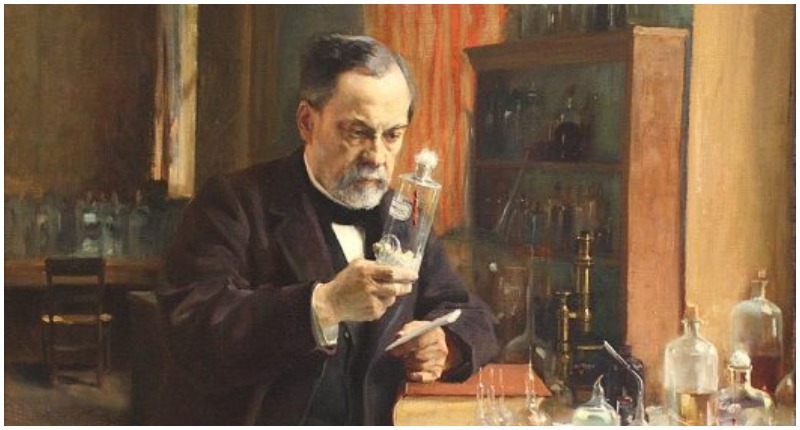In a time of rapid and expansive medical innovation, it’s easy to believe that, in centuries past, medical thought was always primitive and based on far-fetched ideas.
It’s undeniably true that in the modern era medical diagnosis and treatment options are immeasurably improved over what was available historically; however, that doesn’t mean that early thinkers were always off the mark.
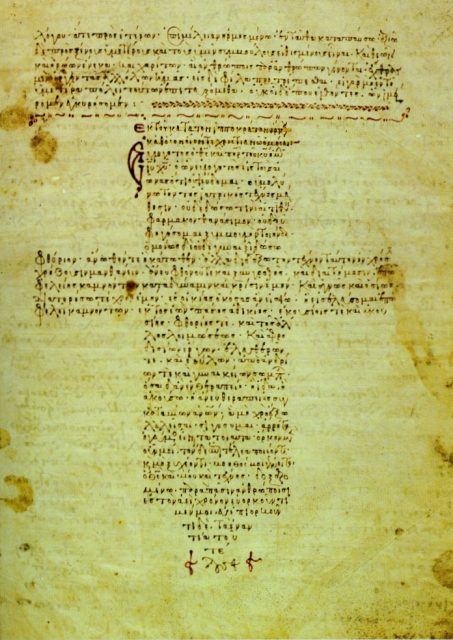
In the earliest days of civilization, medical issues from birth defects to disease to dementia were considered to have come from gods, or demons, or evil spirits. It made sense. No one would intentionally damage their children, and illness appeared without an obvious source. Only a supernatural power could create something out of nothing, right? Later on, people believed that illness was caused by bad air or “foul humors”.
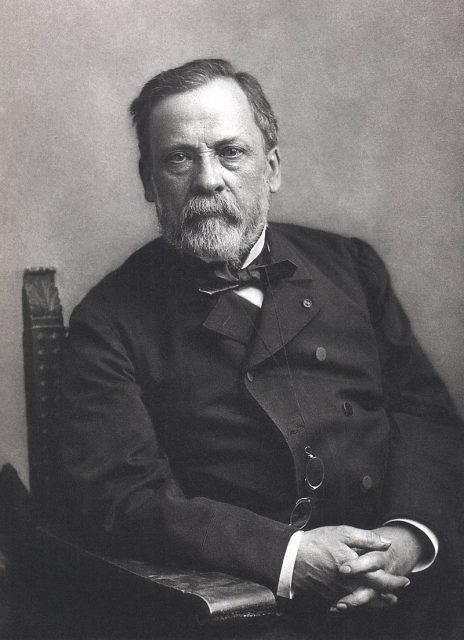
It wasn’t until the mid-19th century that the idea of illness being caused by microbes – germs – was examined and accepted in a scientific way. Louis Pasteur is commonly credited with being one of the scientists who proved the existence of living organisms too small for the human eye to see.
According to the science website BigPicture, Pasteur’s discovery came as a result of his work researching the fermentation process for the local wine industry in France.
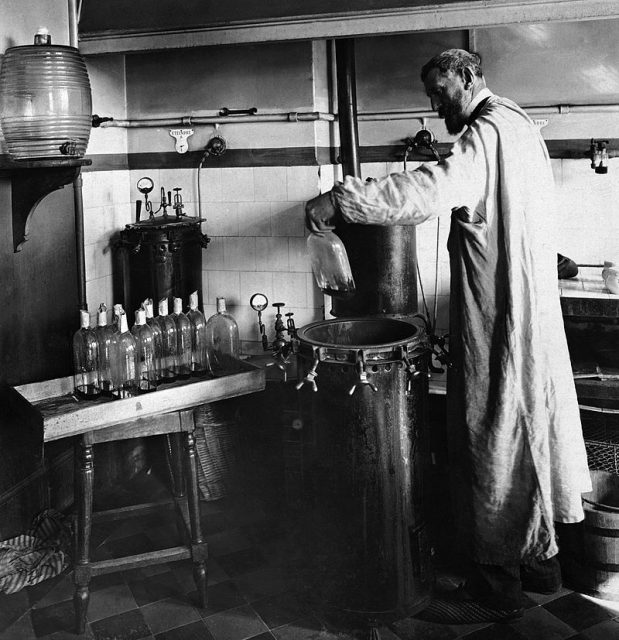
When he figured out that fermentation is caused by living creatures, he became very interested in finding out more about them, such as what they were and where they came from.
Contradicting the prevailing thought that the microorganisms spontaneously appeared, he proved that they come from other, similar, microorganisms, and can be spread by others.
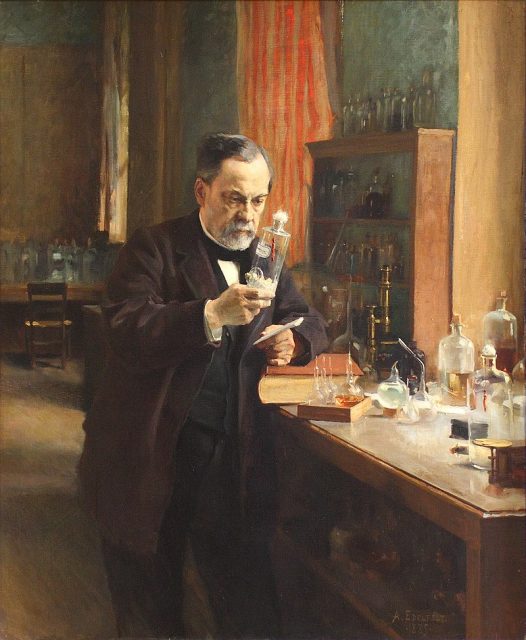
Robert Koch is another scientist who was a key figure in helping us understand germs. Koch was a German scientist who did his work about 10 years after Pasteur’s research on fermentation.
Koch’s work revolved around tying specific germs to specific diseases. He studied anthrax, and in the course of his research he was able to prove that the anthrax bacteria caused animals to get the disease.
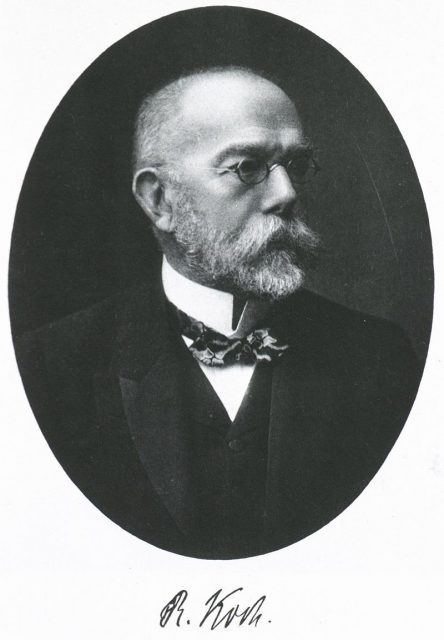
He also was responsible for finding a way to figure out if particular bacteria caused a particular disease, a discovery that revolutionized microbiology and modern medical thought. While both Pasteur and Koch had a huge hand in shaping how we currently think about health and medicine, there were a number of other great scientific minds whose thoughts and work paved the way.
According to the Royal College of Physicians of Edinburgh, the first known writer on the subject of microorganisms was Marcus Terentius Varro, a Roman scholar and politician who was born in 116 BC.
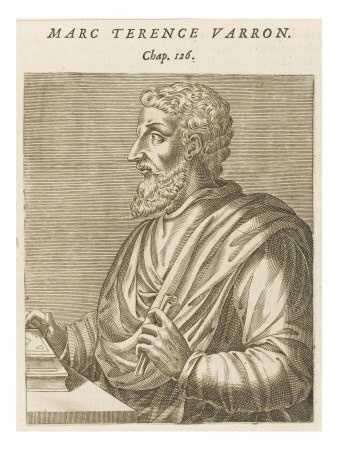
Varro was the director of the Imperial Library in Rome, as well as a writer himself. He wrote a book on agriculture, De Re Rustica, and in it he said that it was a bad idea to build homesteads near swamps.
His hypothesis was that swamps were full of tiny, unseen creatures that floated in the air, entered the body through the nose and mouth, and could make you sick — which is a remarkably accurate description of viral and bacterial illness.
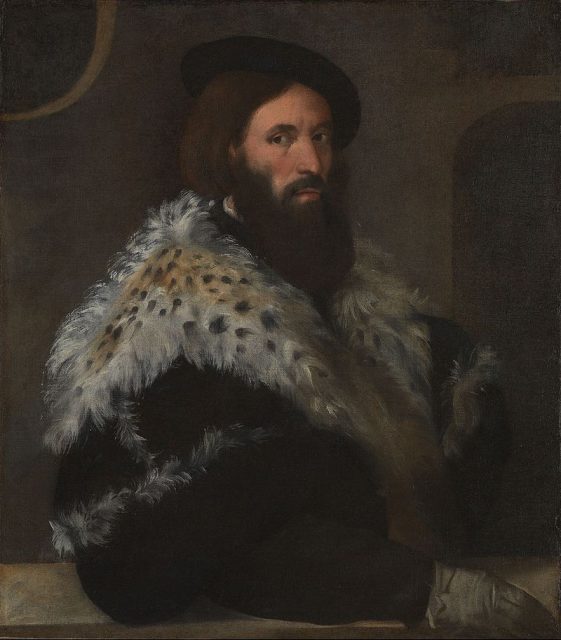
The next link in the chain is Girolamo Fracastoro. He was born in 1478, in Venice, and was an astronomer, poet, physician, and geologist. Frascatoro wrote De Contagione et Contagiosis Morbis, in which he explained his ideas about contagion.
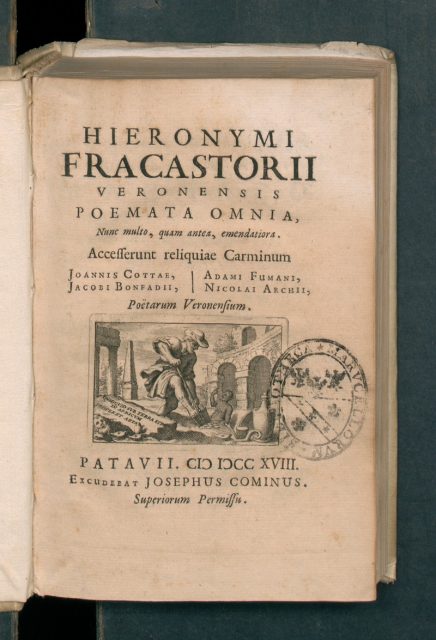
Frascatoro believed that illness passed from “one thing to another” either by direct contact with an infected person, direct contact with their clothing, or were carried by the air. Although he never identified them as living organisms, he did state his belief that disease was caused by tiny, unseen particles. Athanasius Kircher was a 17th century scholar and a Jesuit priest. In 1656 he was trying to find a way to identify the cause of a terrible plague outbreak.
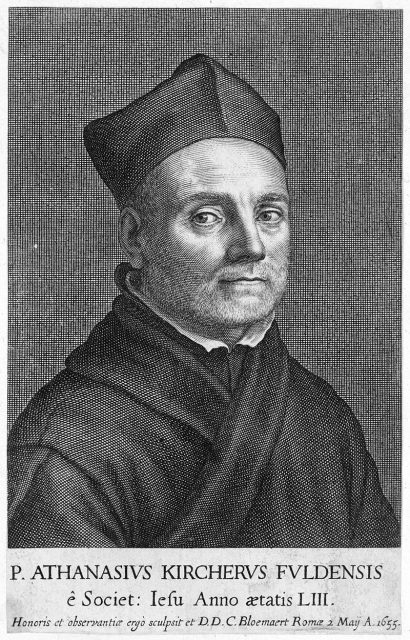
As part of his research he looked at plague victims’ cells under a microscope. What he found were “little worms which propagate plague, so very small and unperceivable except with a very fine microscope”. Kircher’s work was the first time any support for what would become germ theory was based on microscopic examination.
Read another story from us: The Strange Early Relationship Between Maybelline Mascara and Vaseline
There were various other men who contributed to the complete theory of germs in regard to health and medicine, and their contributions helped shape our modern ideas about diagnosis and treatment, but these are the men who first developed and put forth the idea of germs.
